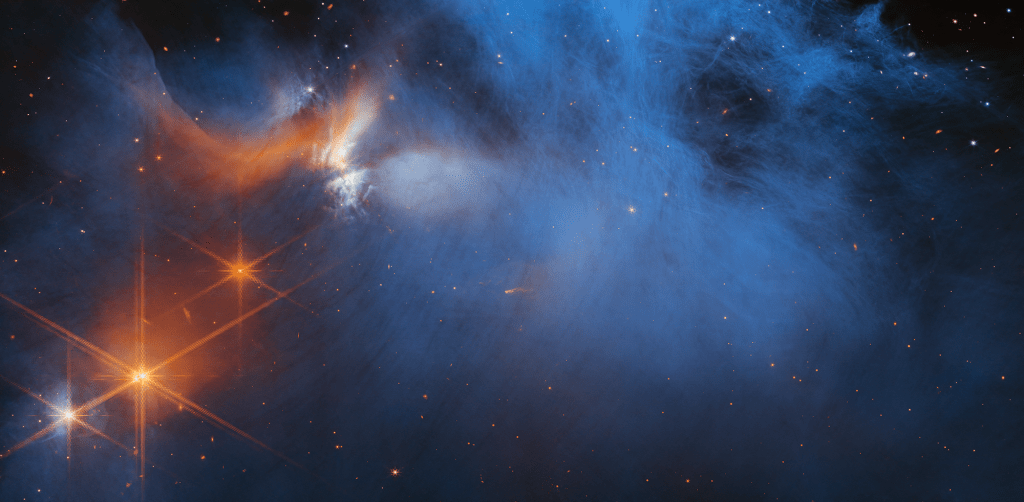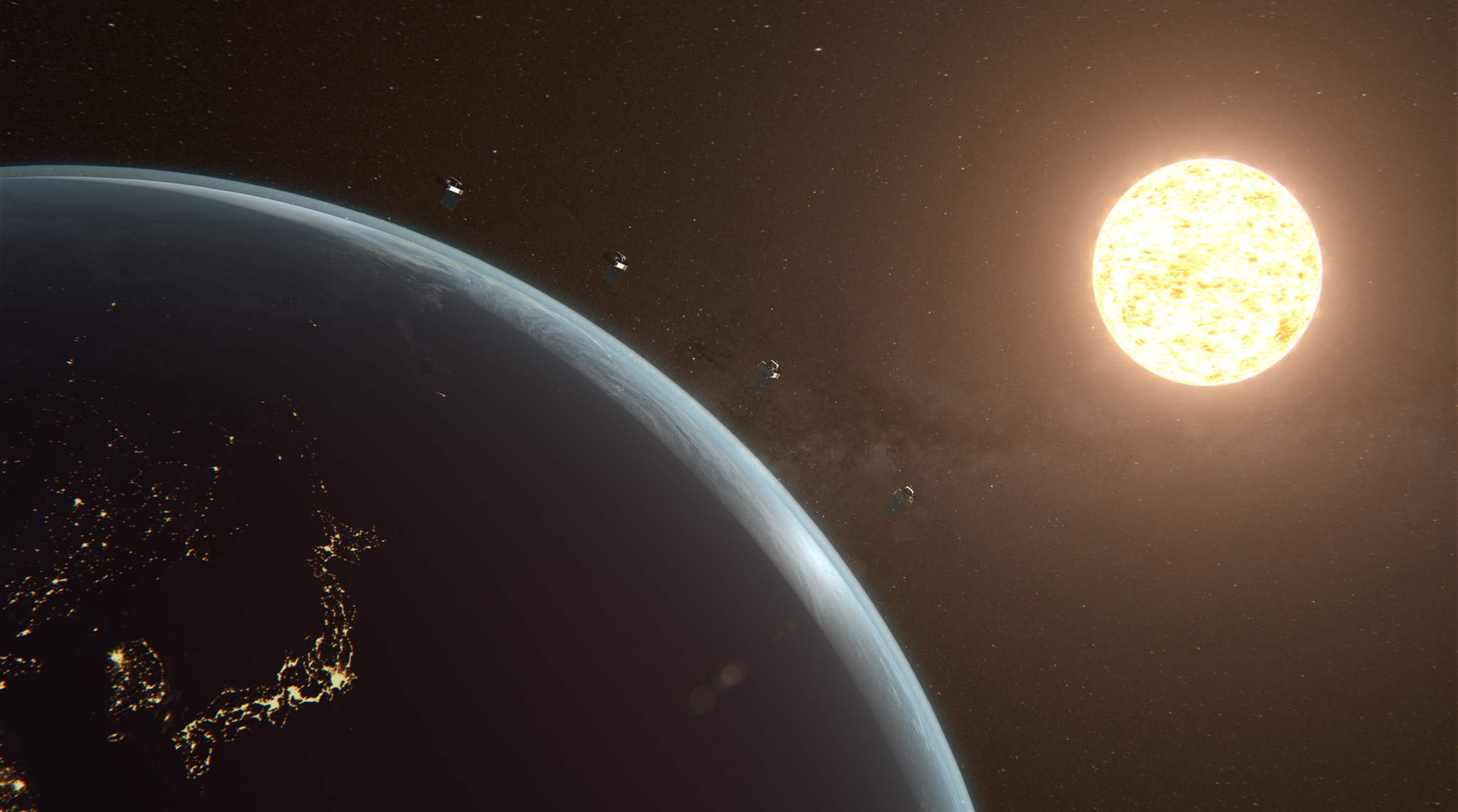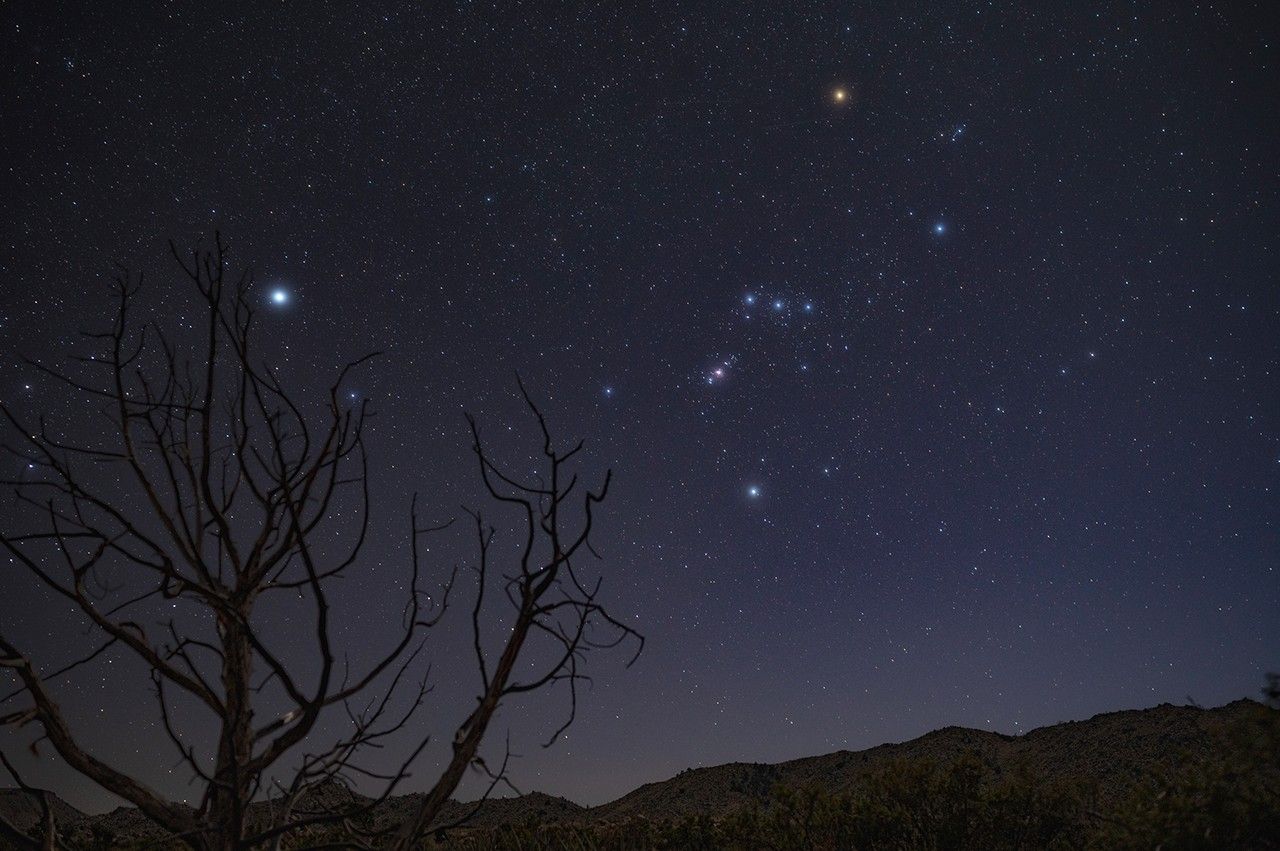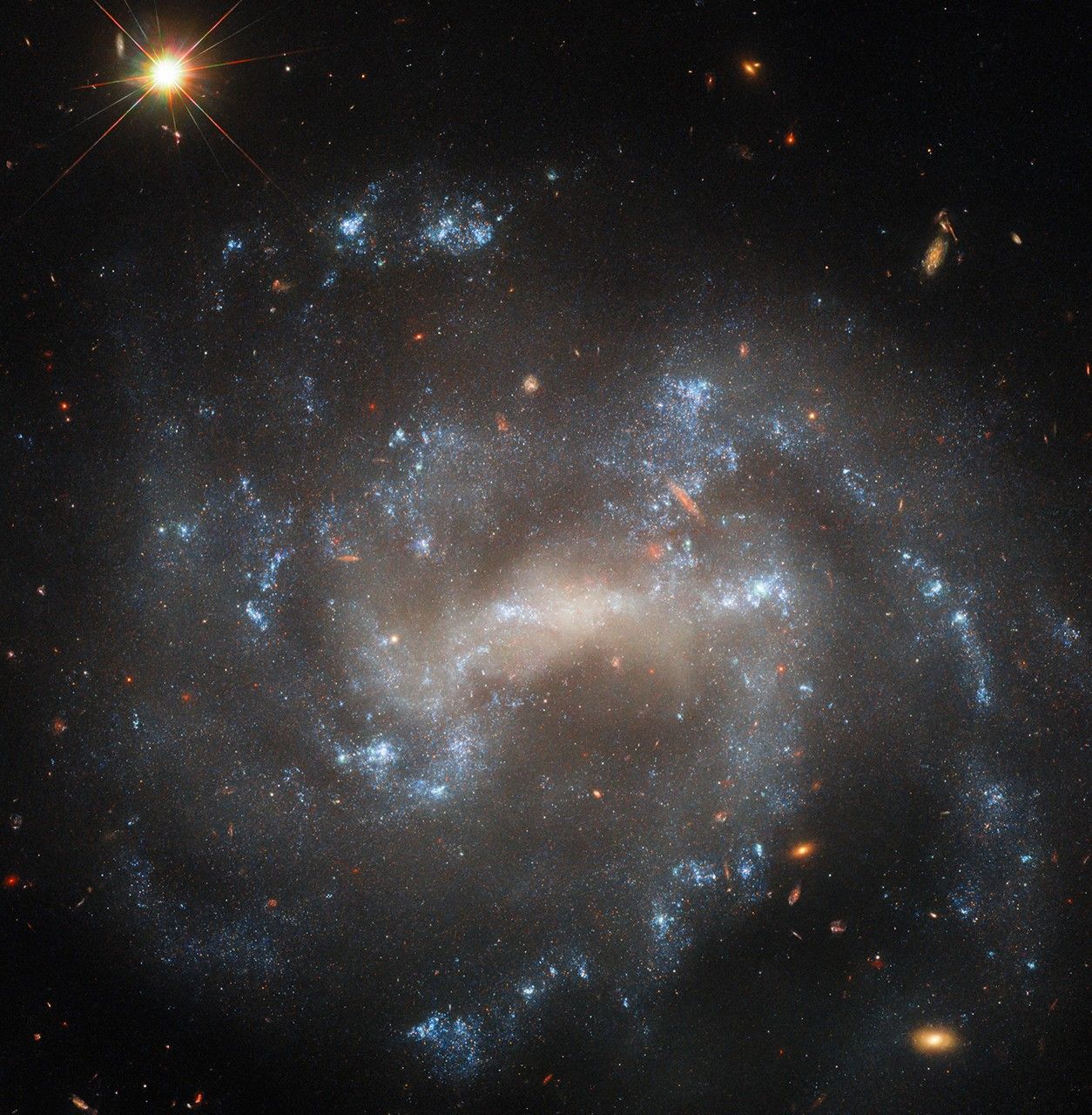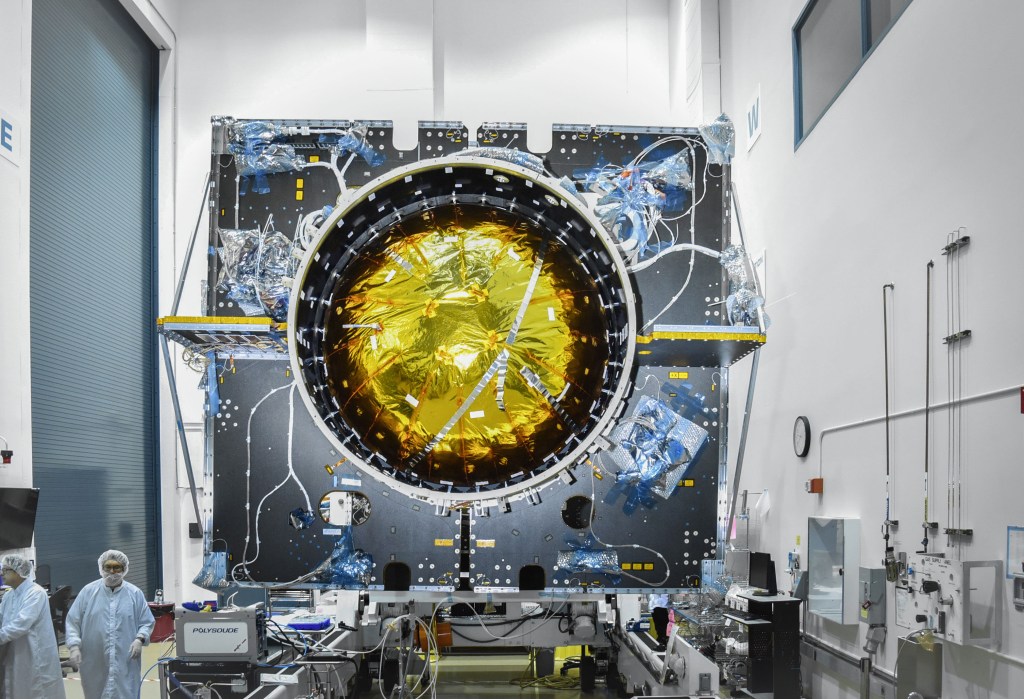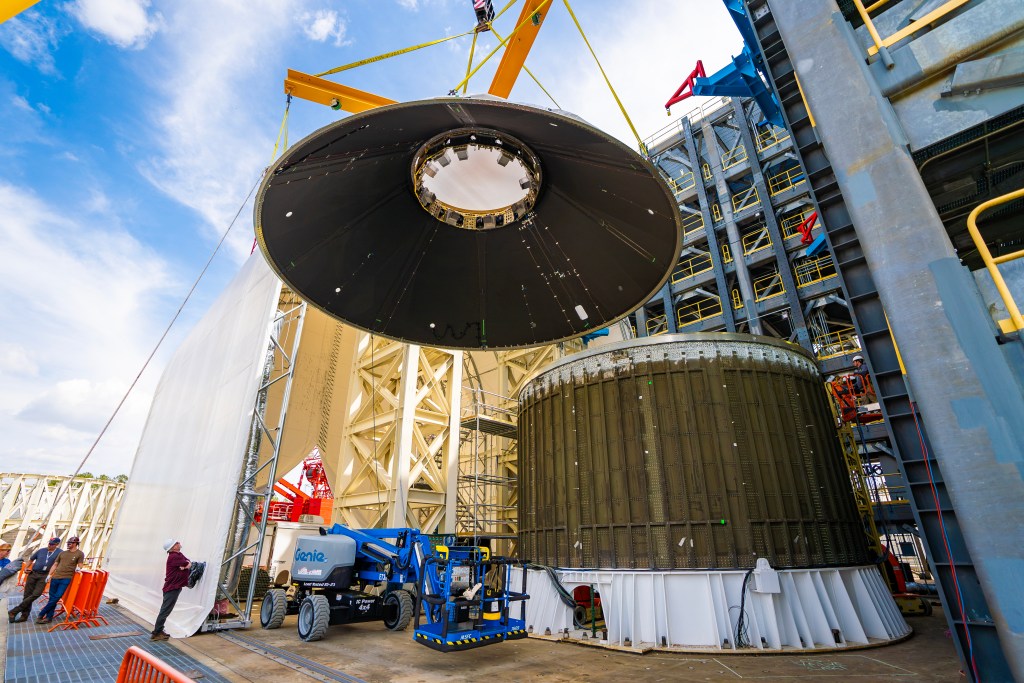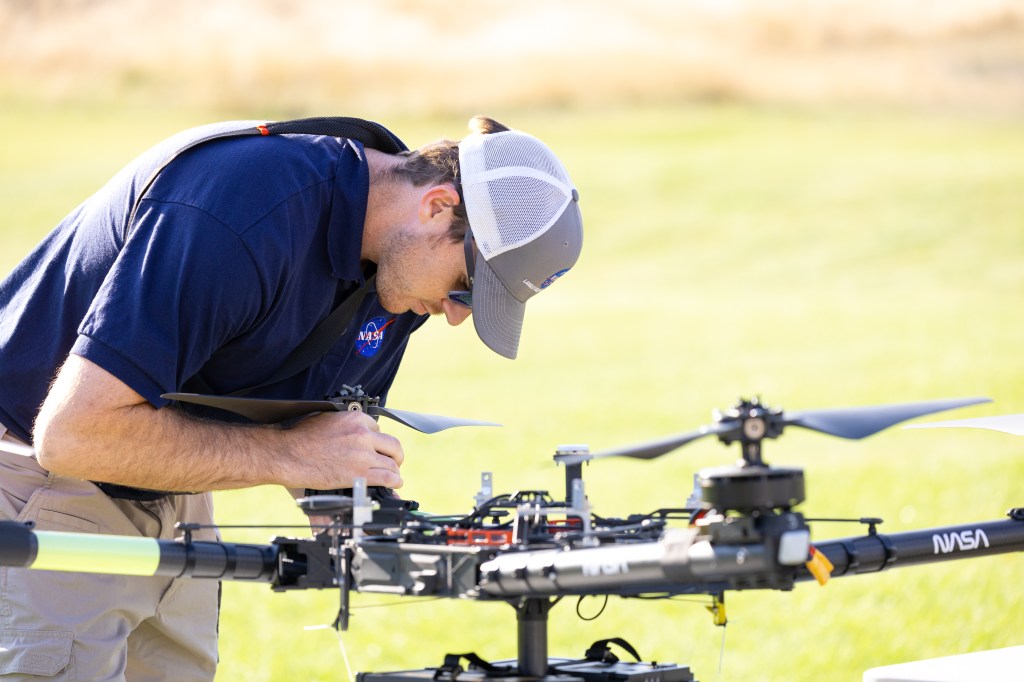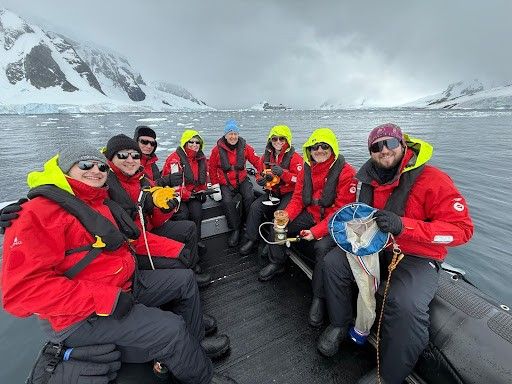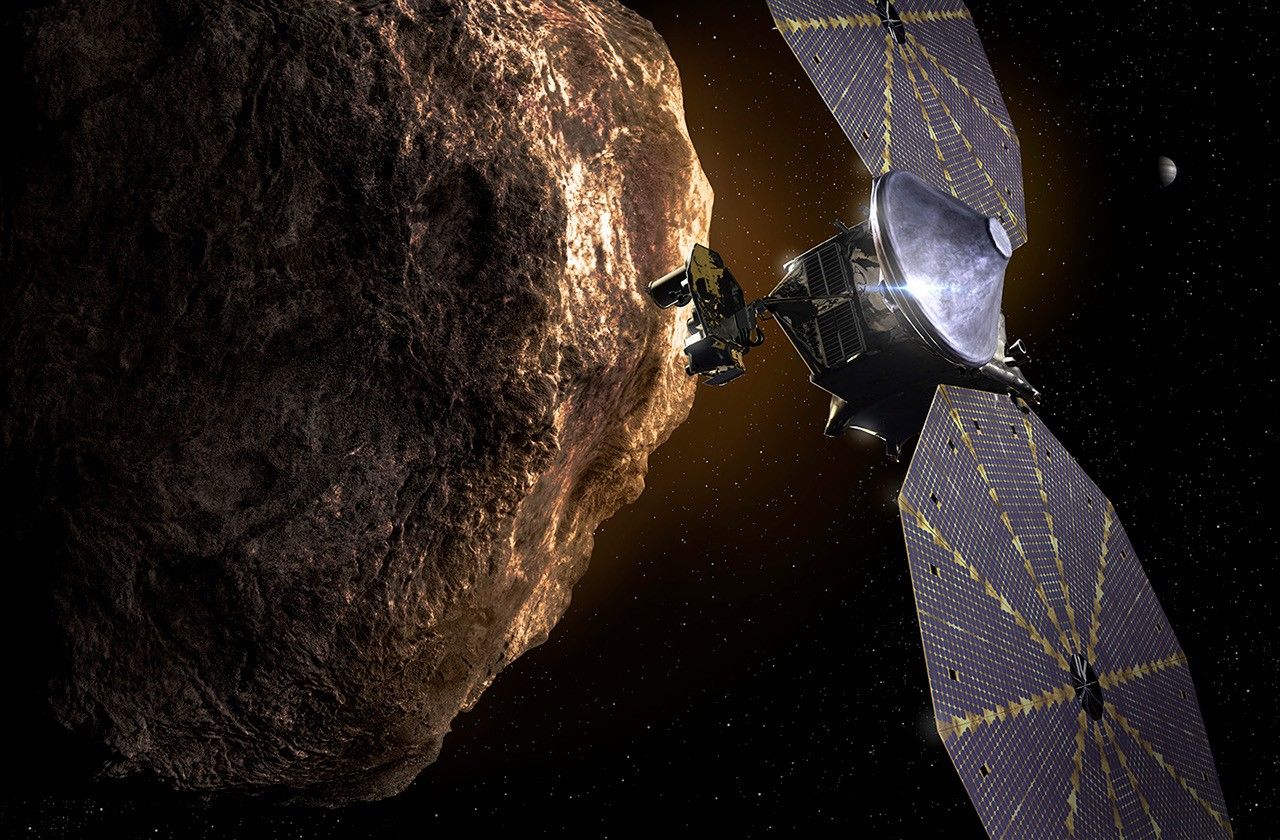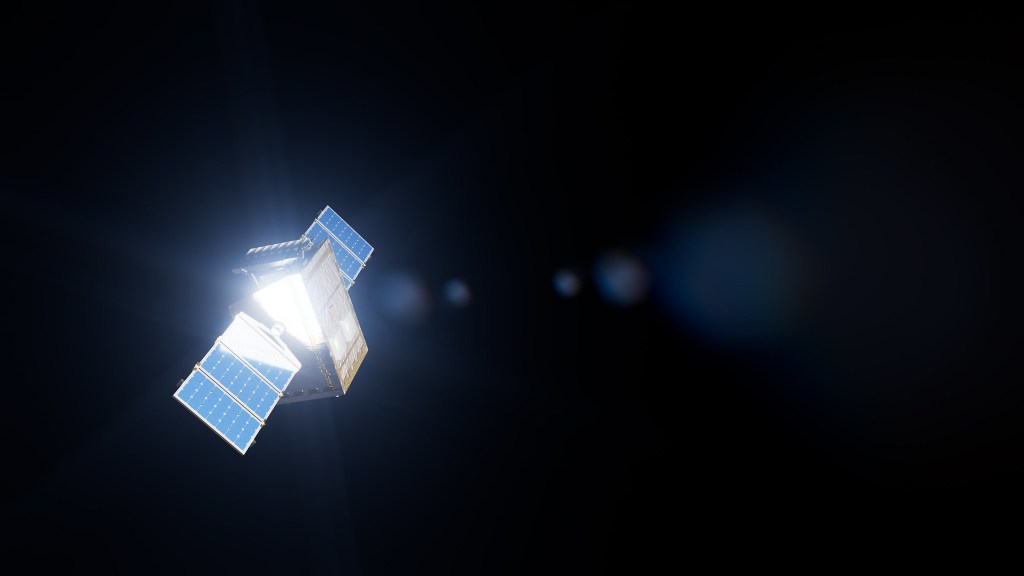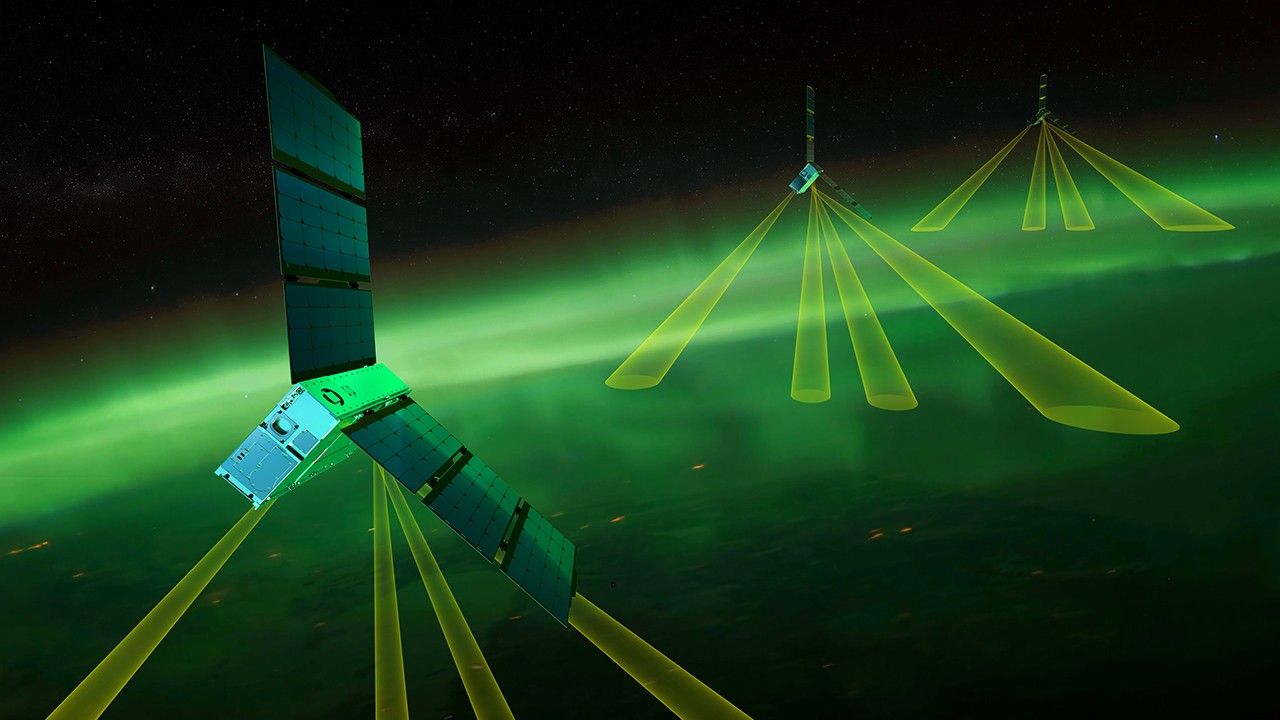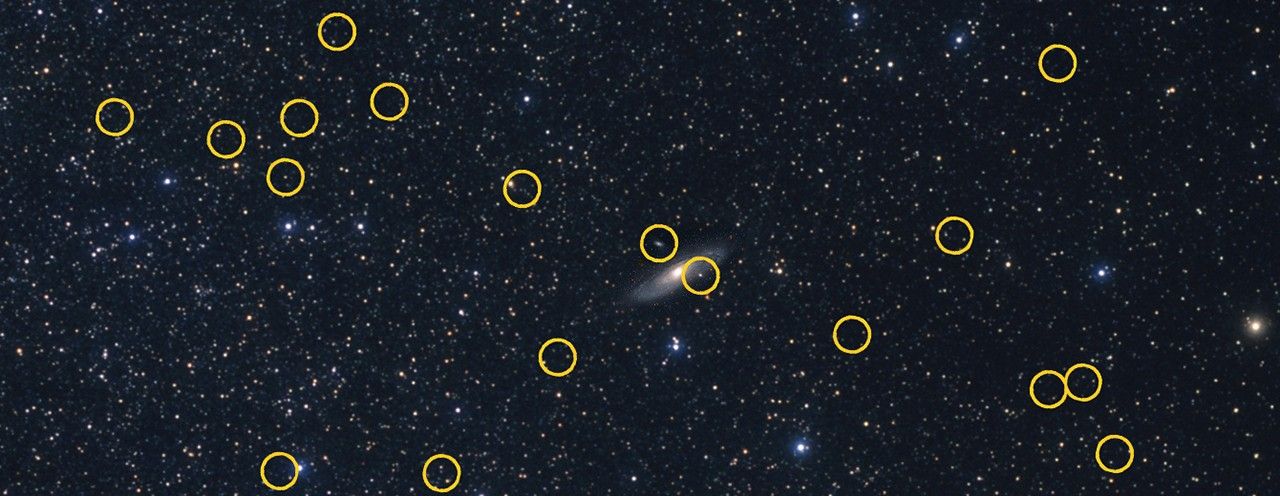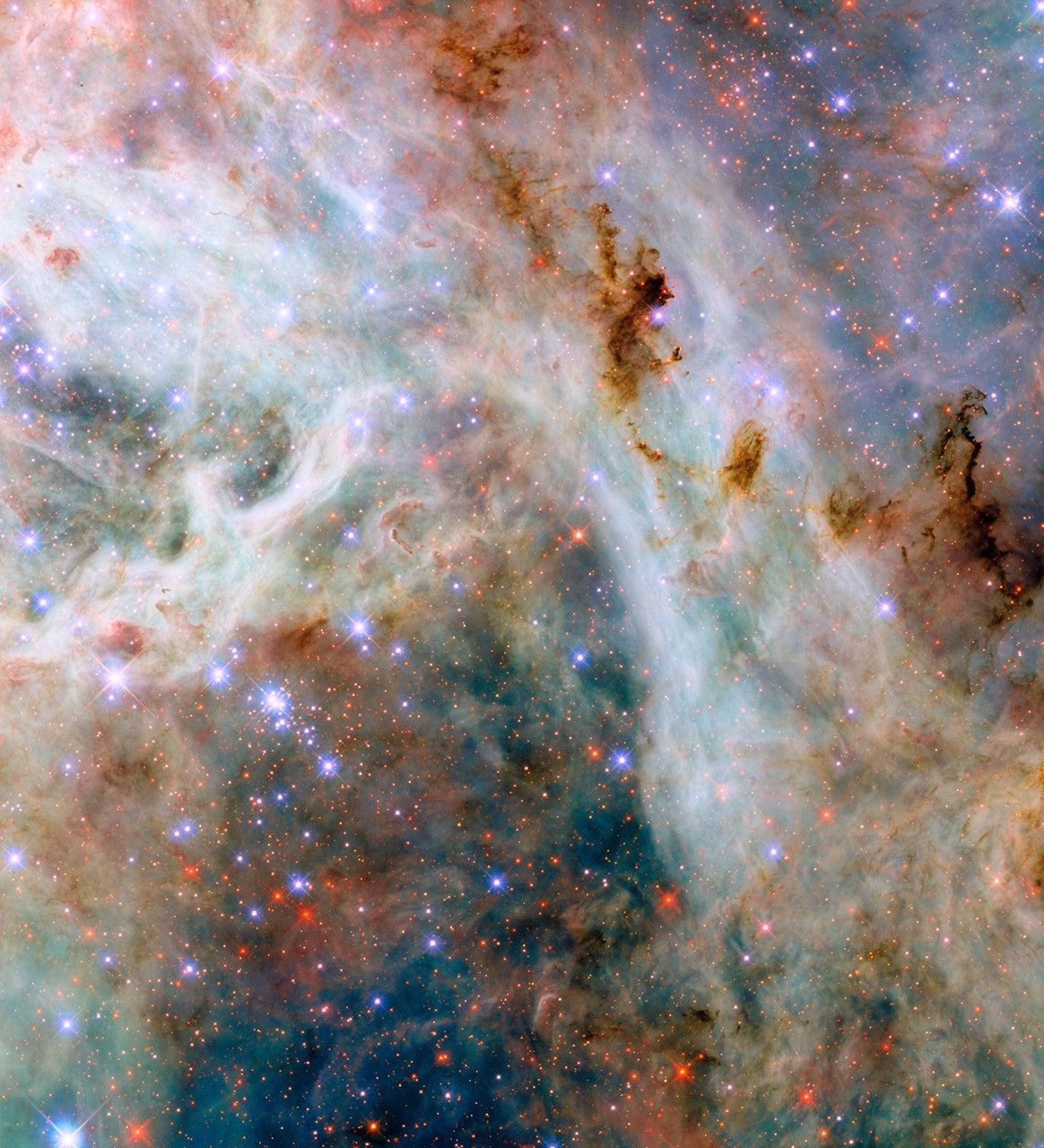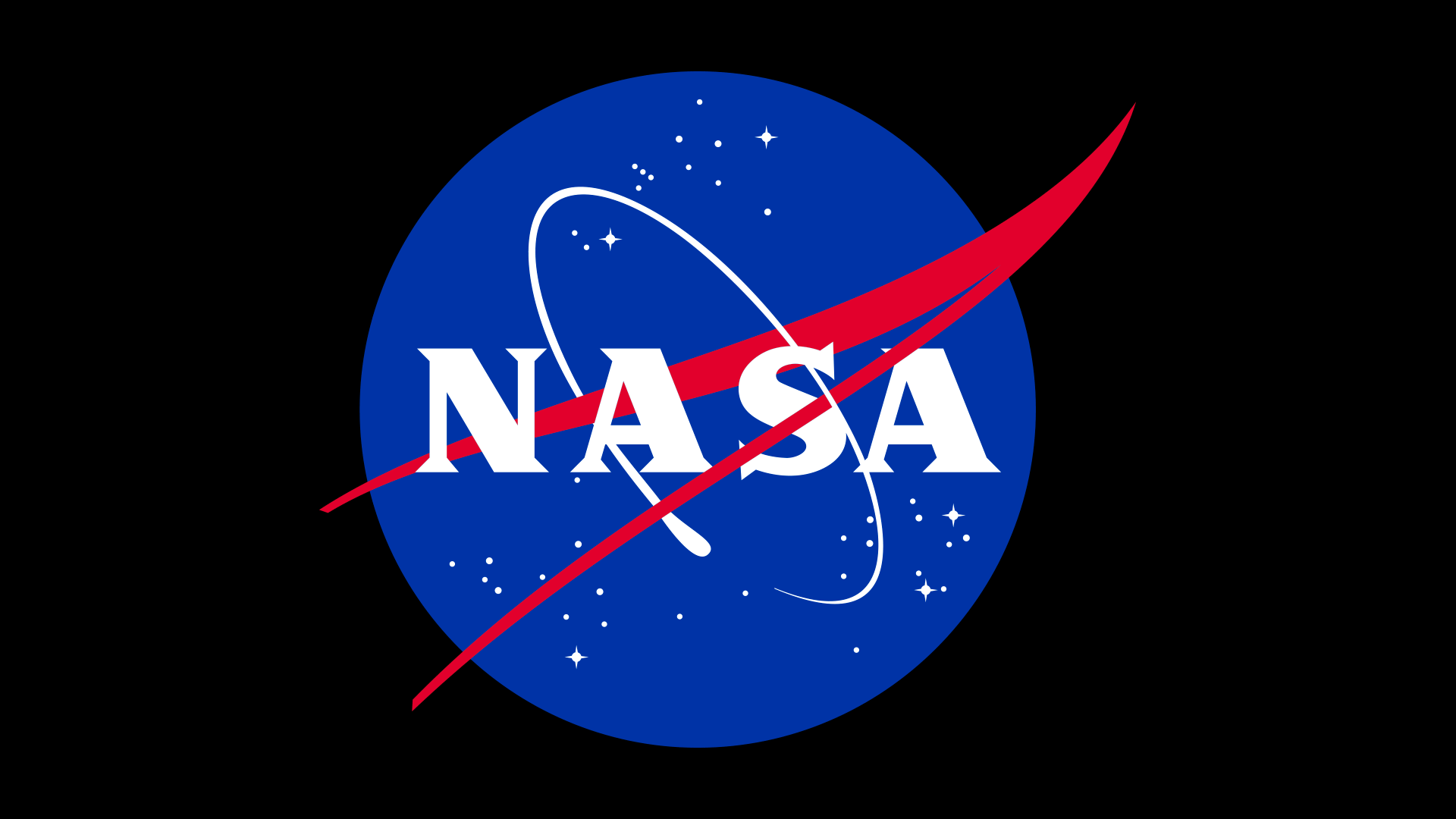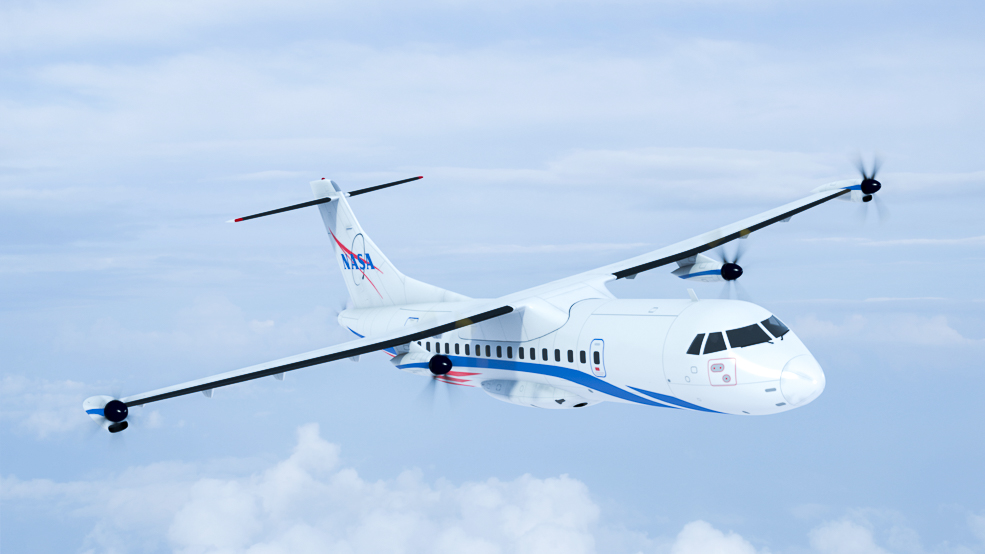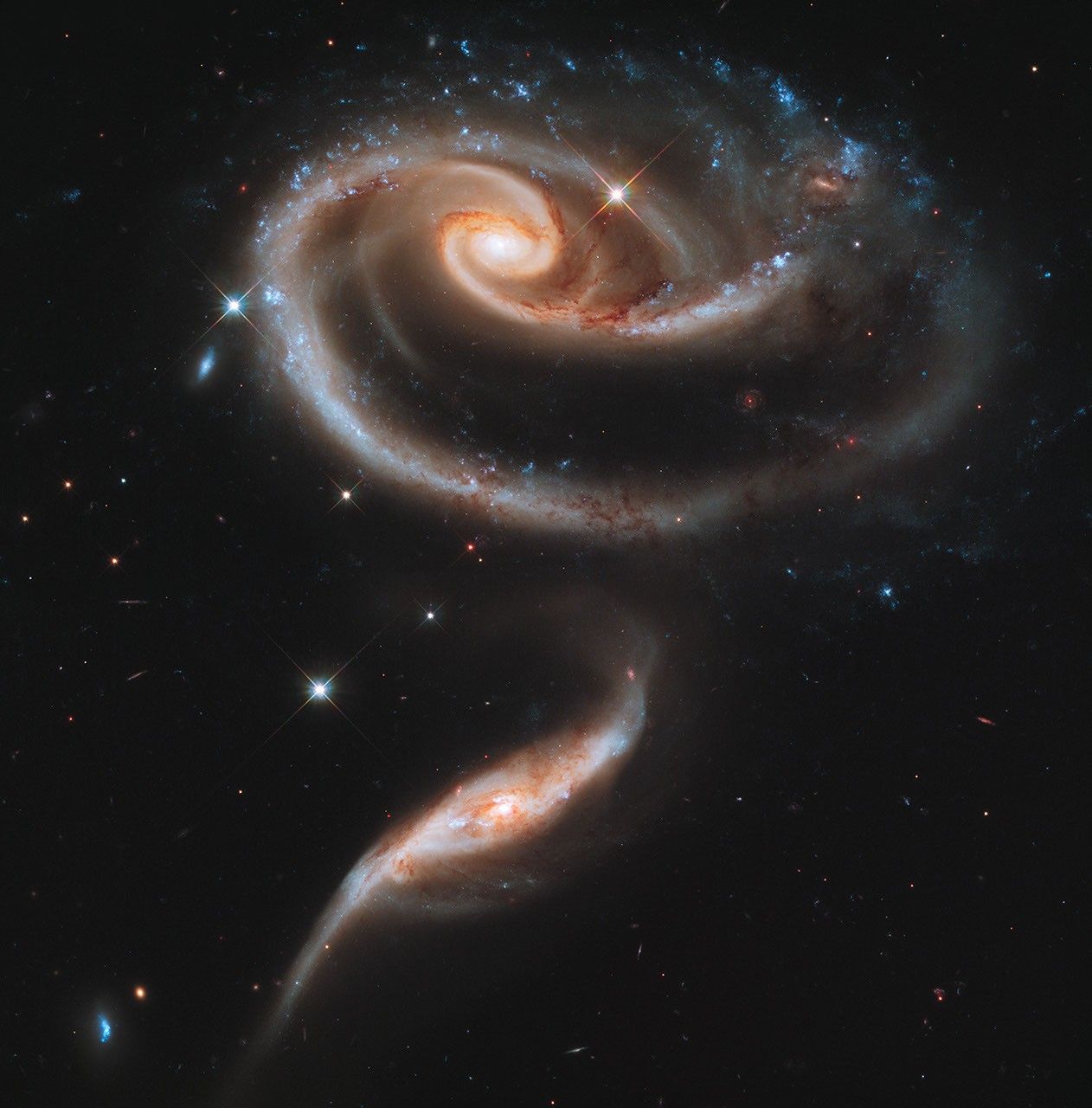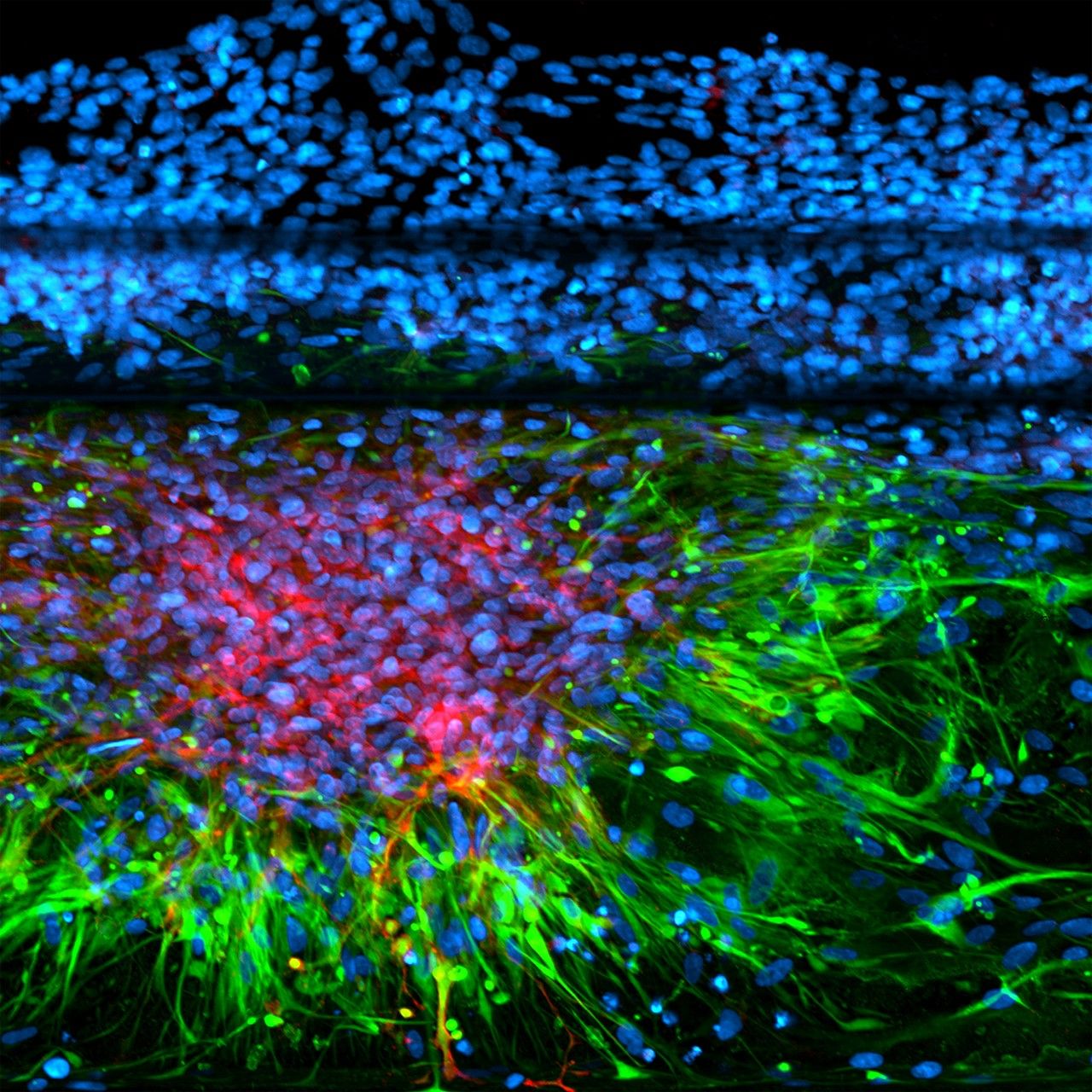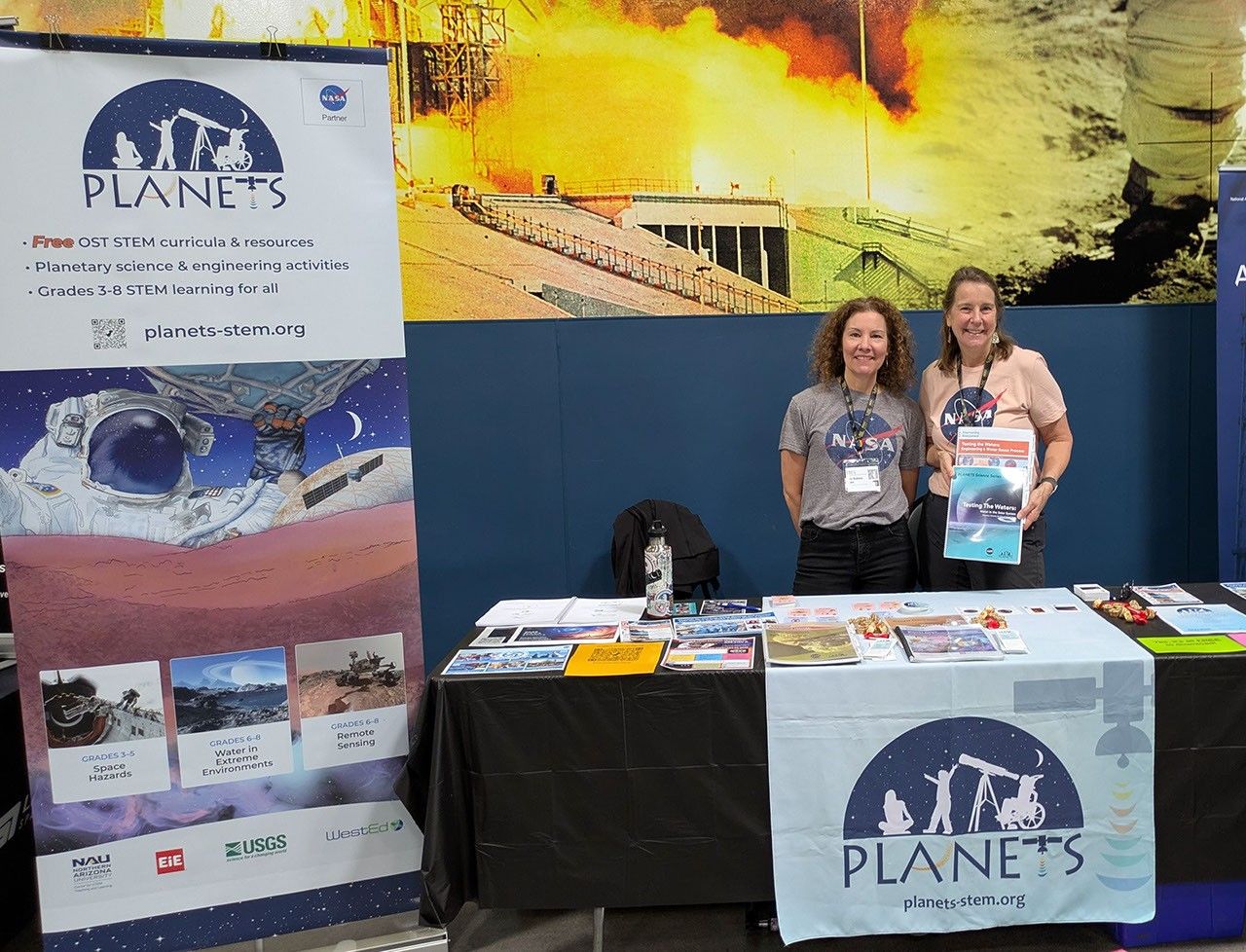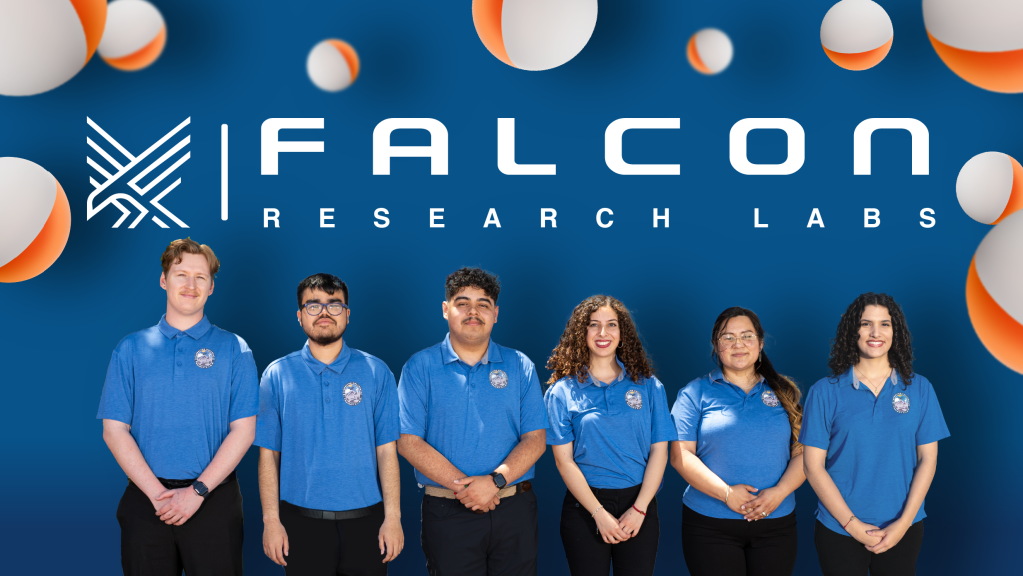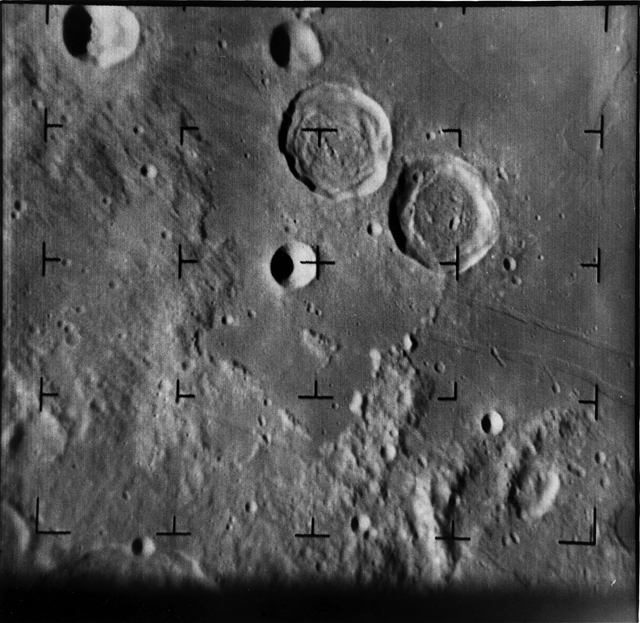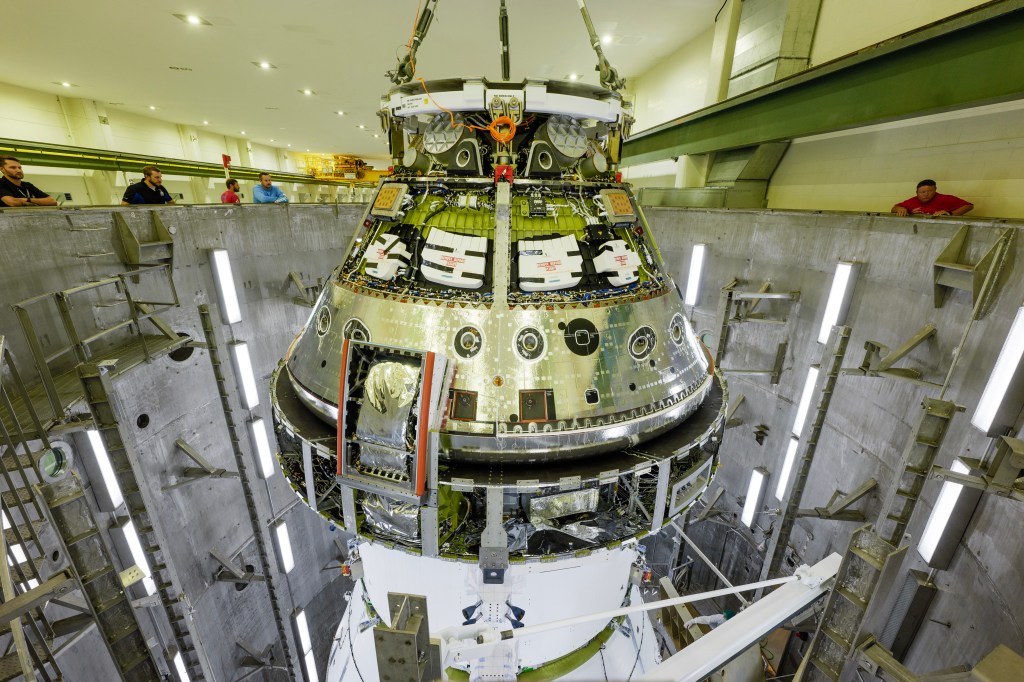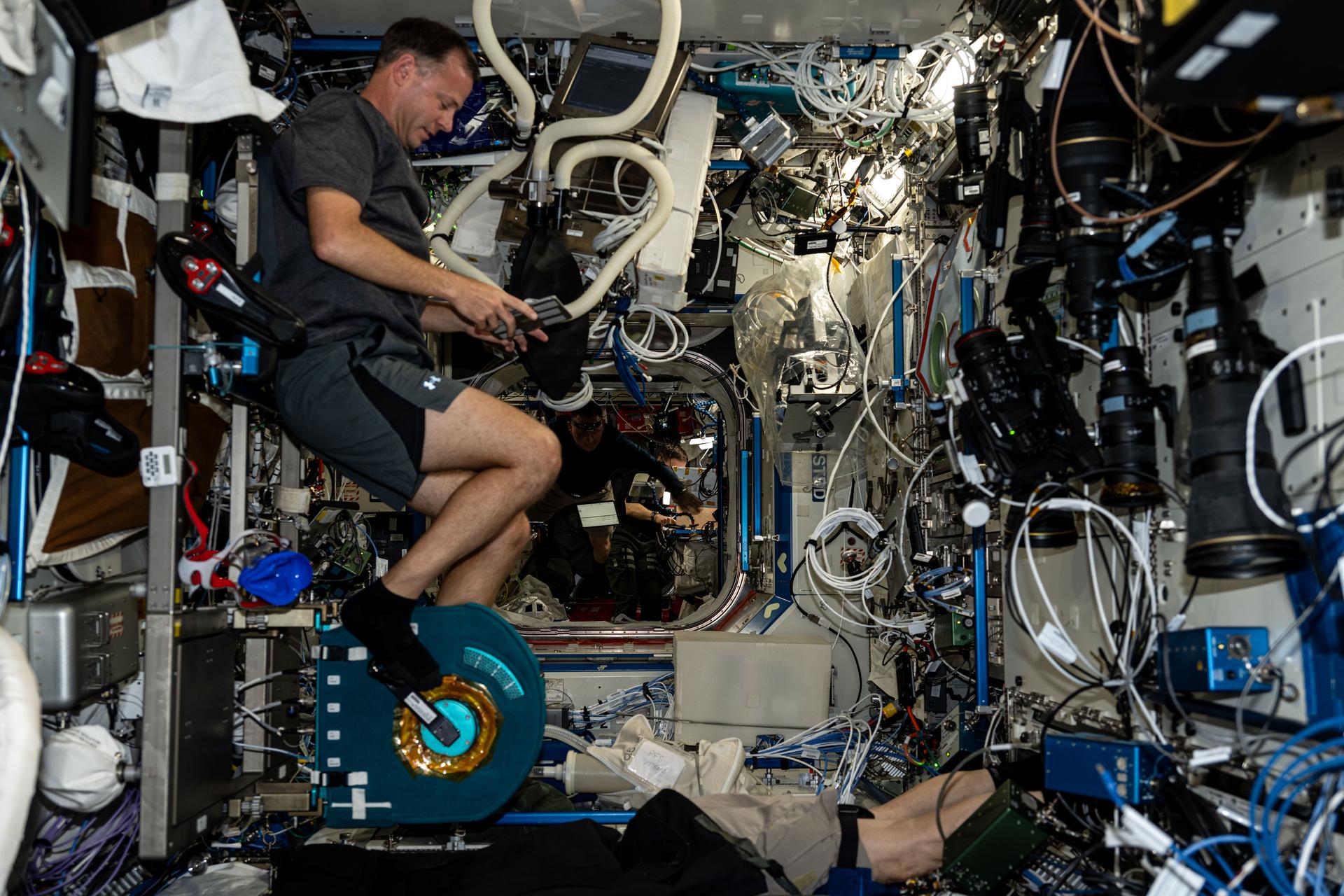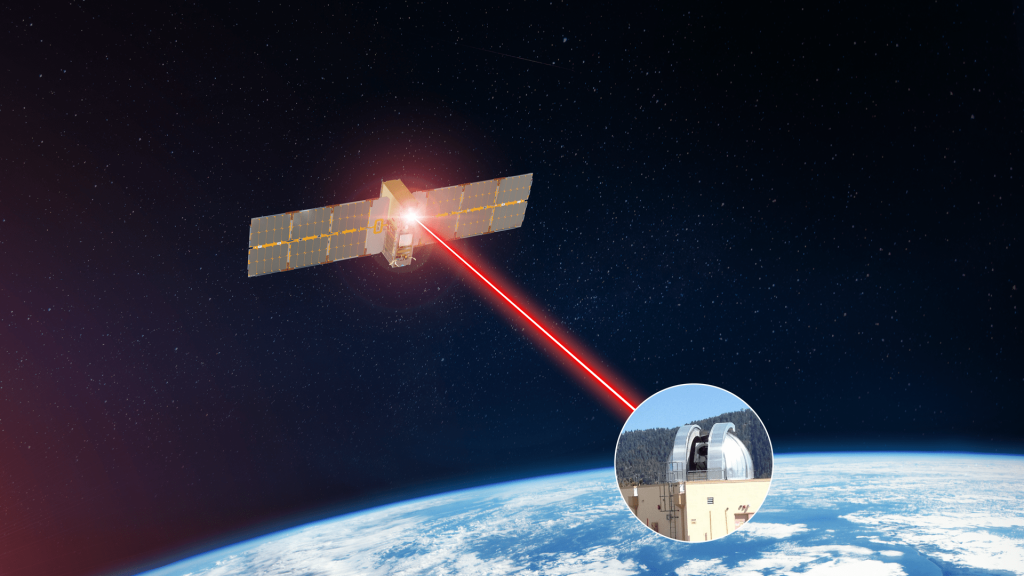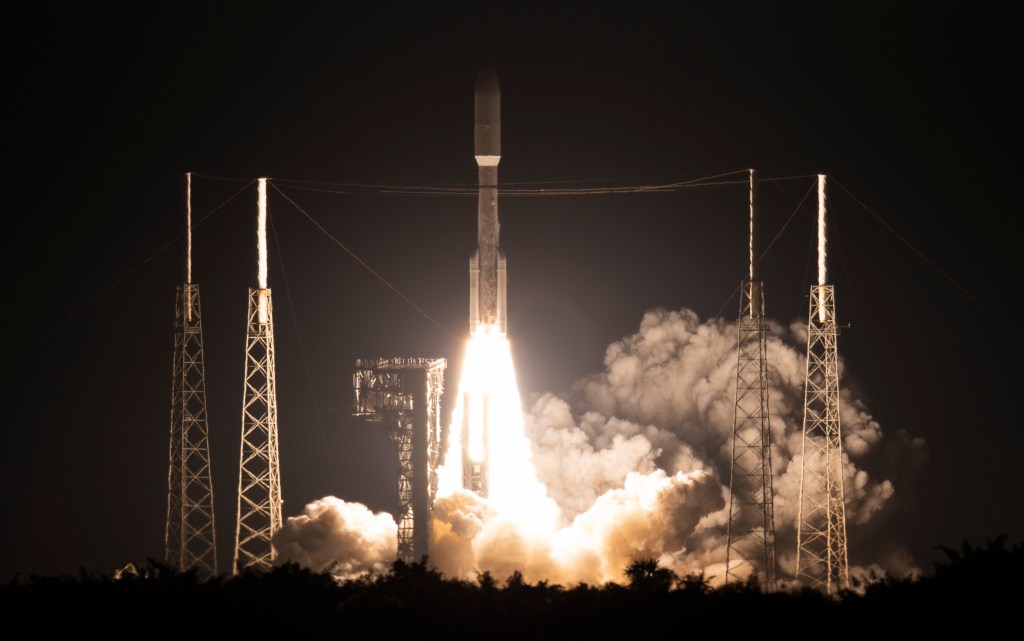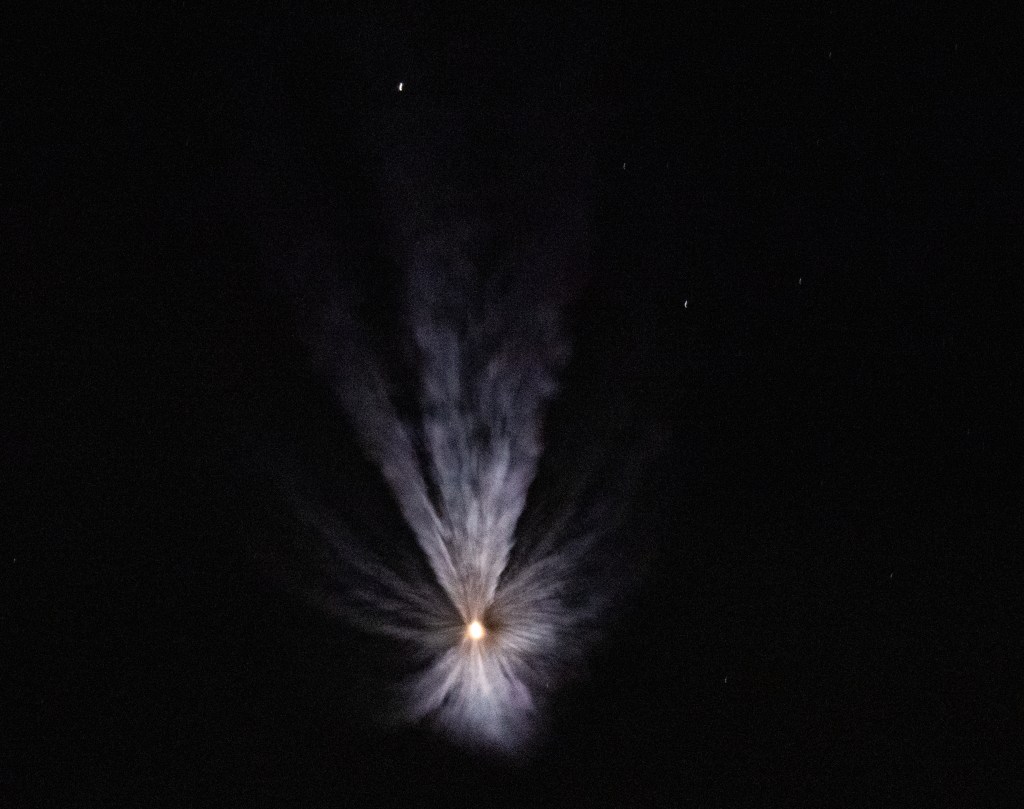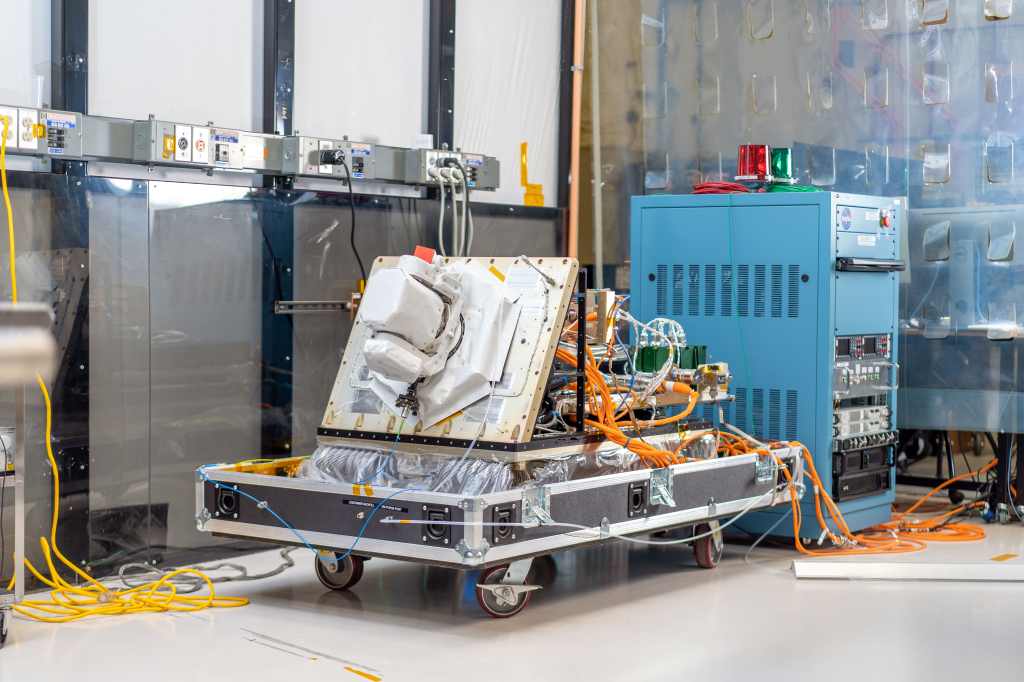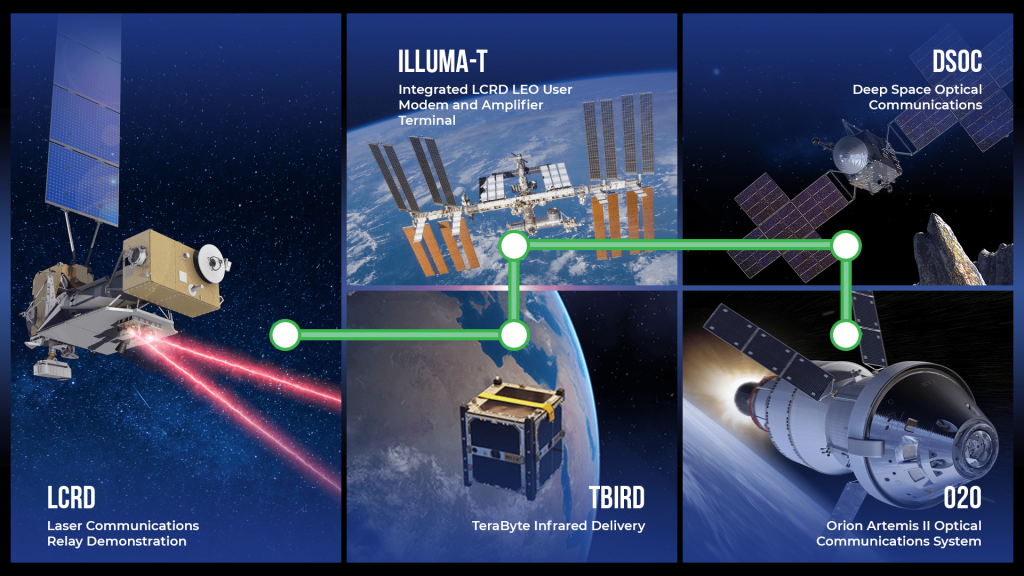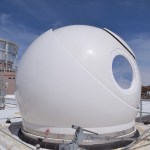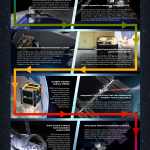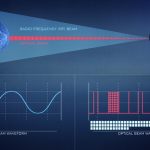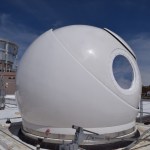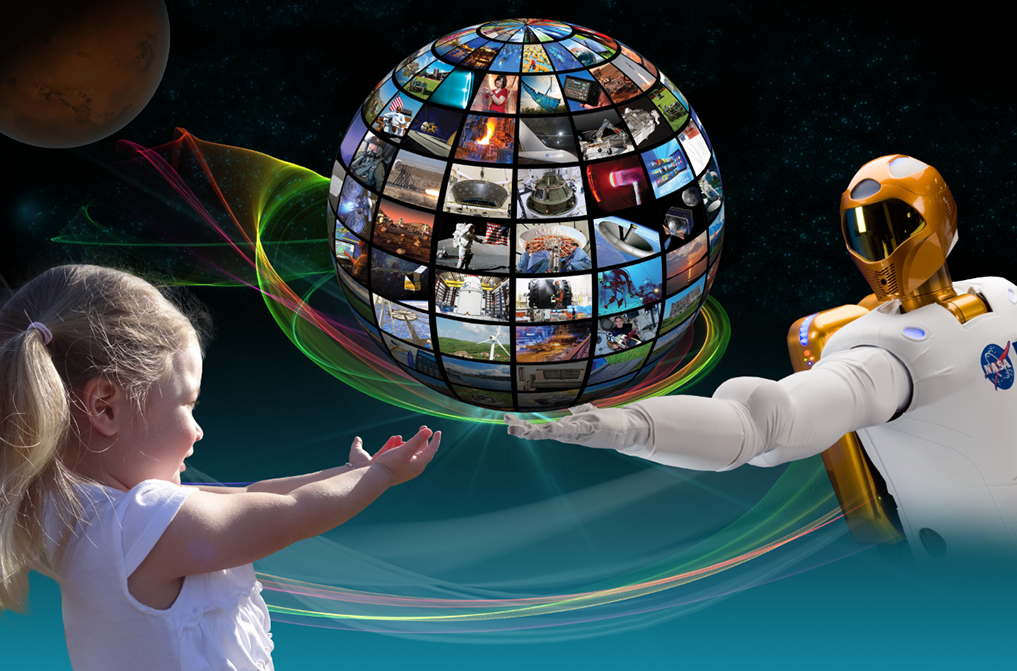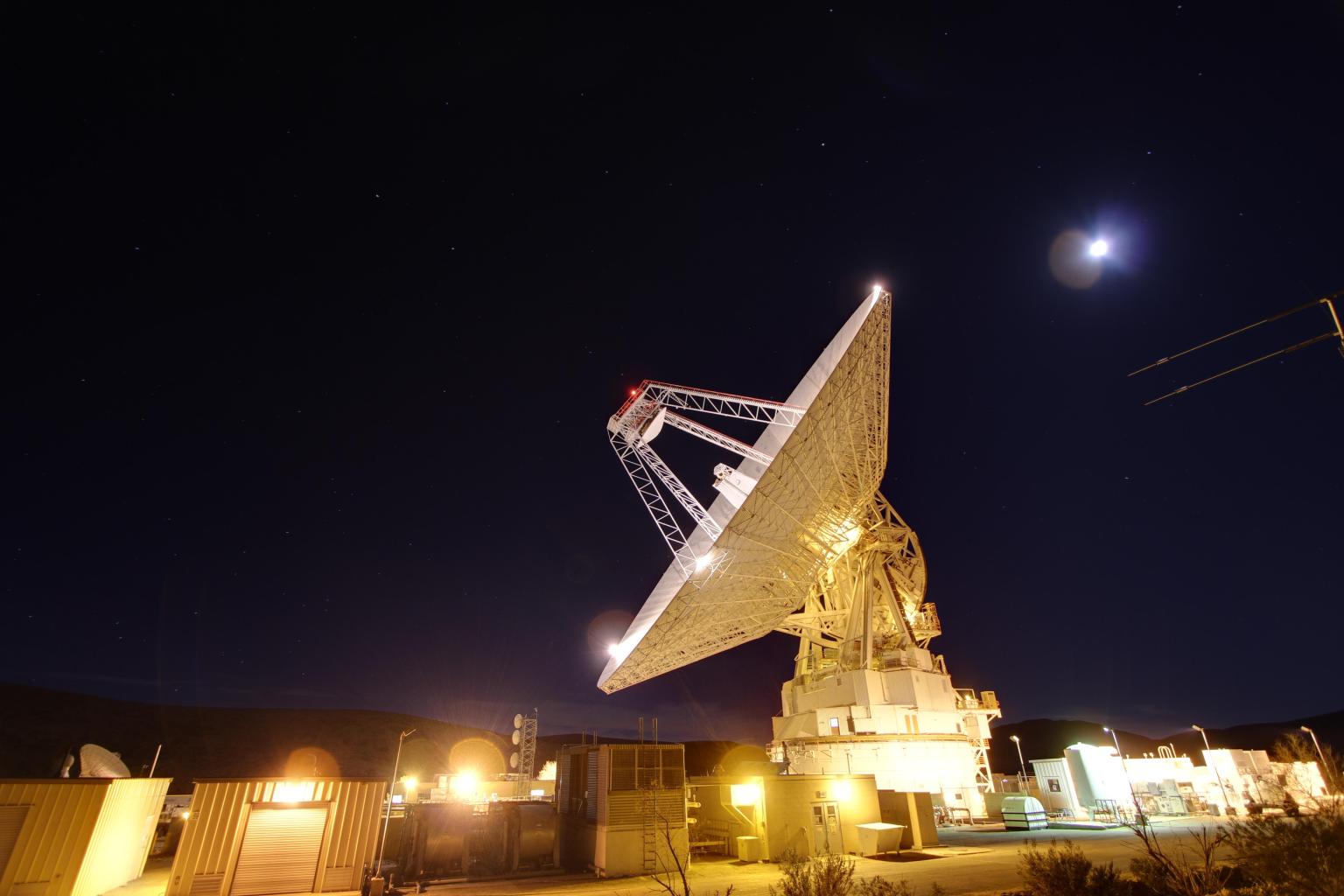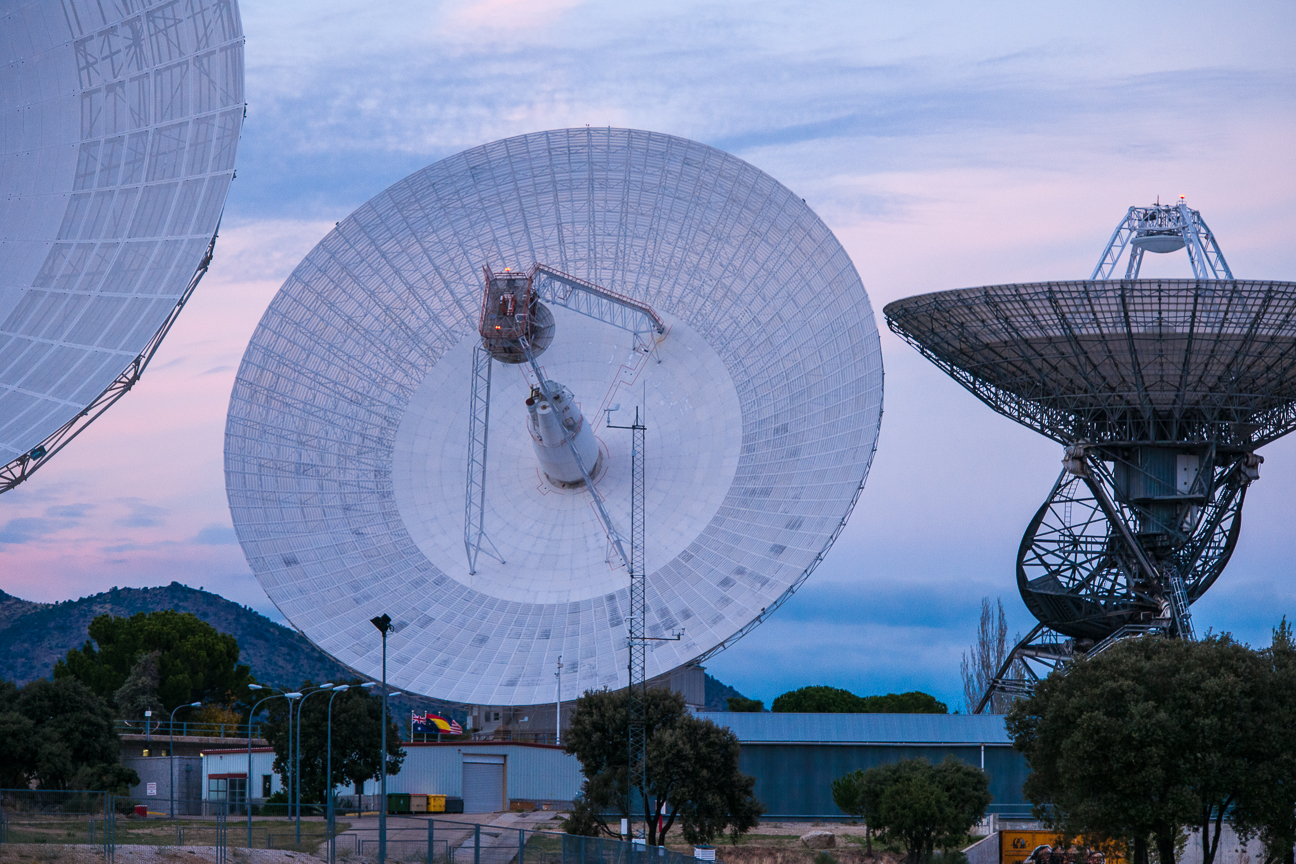Optical
As science instruments evolve to capture high-definition data like 4K video, missions will need expedited ways to transmit information to Earth. With laser communications, NASA can significantly accelerate the data transfer process and empower more discoveries. Optical, or laser, communications will enable 10 to 100 times more data transmitted back to Earth than current radio frequency systems.
Quick Facts
Why Optical?
With optical communications, NASA can significantly accelerate the data transfer process and empower more discoveries.
Since the beginning of spaceflight in the 1950s, NASA missions have leveraged radio frequency communications to send data to and from space. Optical communications, also known as laser communications, will further empower missions with unprecedented data capabilities.
Read More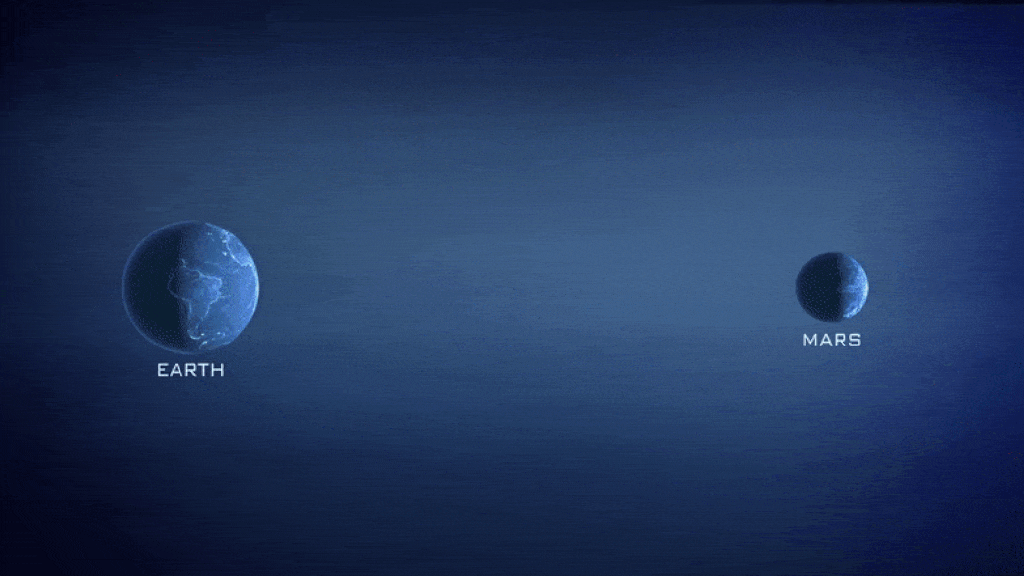
How it Works
Both radio waves and infrared light are electromagnetic radiation with wavelengths at different points on the electromagnetic spectrum.
The infrared light used for laser communications differs from radio waves because the infrared light packs the data into significantly tighter waves, meaning ground stations can receive more data at once. While laser communications aren’t necessarily faster, more data can be transmitted in one downlink.
Read More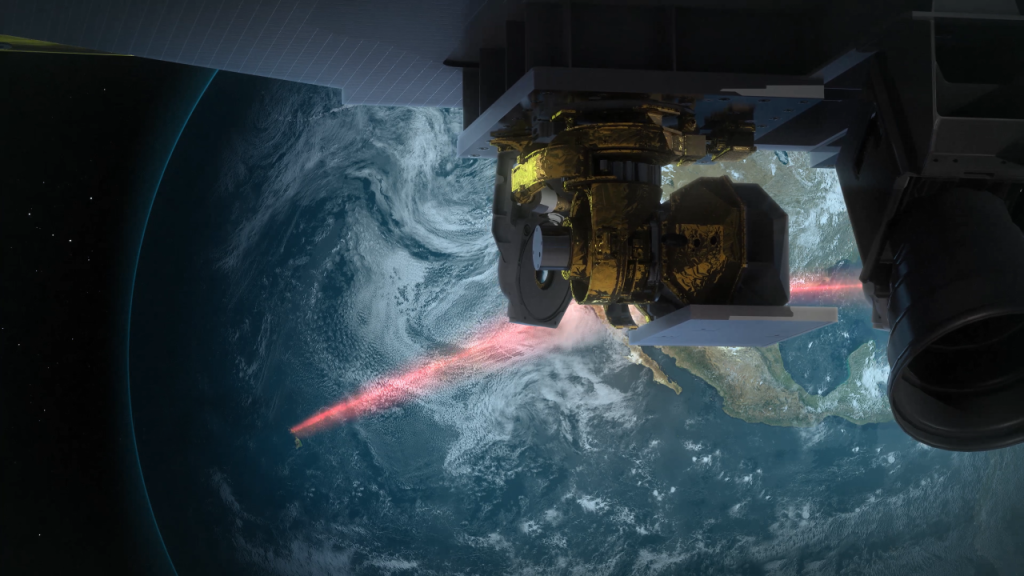
Benefits & Challenges
Optical communications will provide significant benefits for missions, including bandwidth increases of 10 to 100 times more than radio frequency systems.
The critical move to optical communications will provide numerous benefits to NASA’s user missions. For all its benefits, optical communications still faces several challenges.
Read More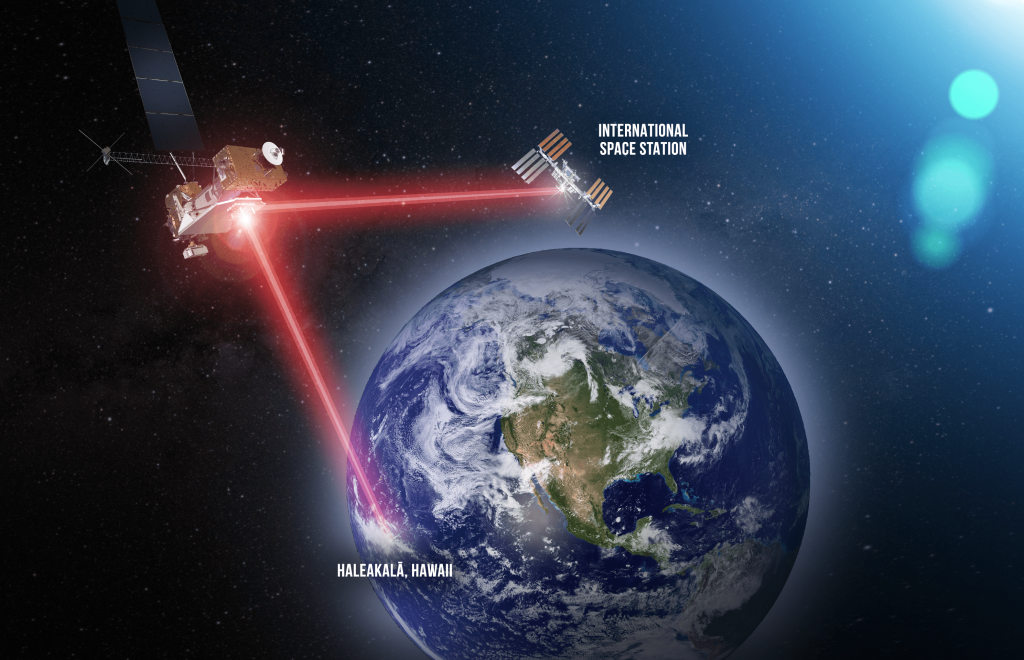
Featured News
Laser Communications Relay Demonstration
NASA’s Laser Communications Relay Demonstration (LCRD) is demonstrating NASA's first two-way laser relay communications system, sending and receiving data over invisible infrared lasers from its location in geosynchronous orbit with ground stations in California and Hawaii.
Learn More about Laser Communications Relay Demonstration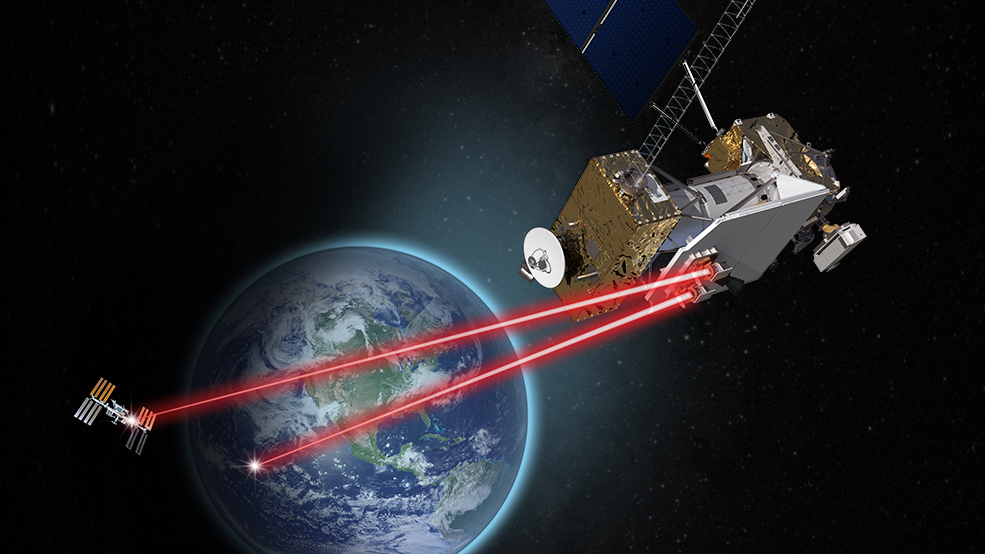
Related Missions
Explore missions related to laser communications.
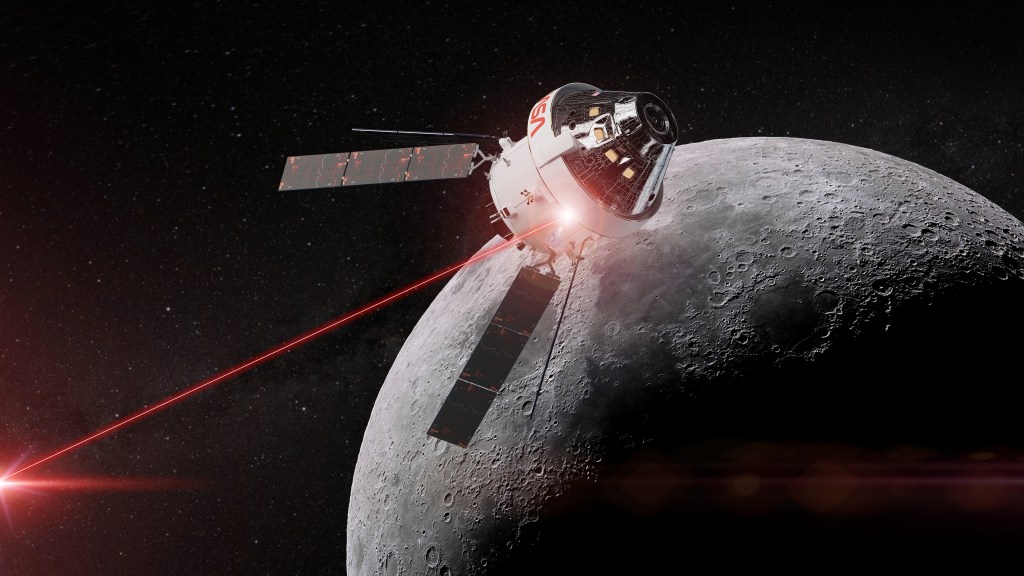
Orion Artemis II Optical Communications System (O2O)
O2O will leverage laser communications on the Orion spacecraft, enabling live, ultra-high-definition video feeds between astronauts and Earth.
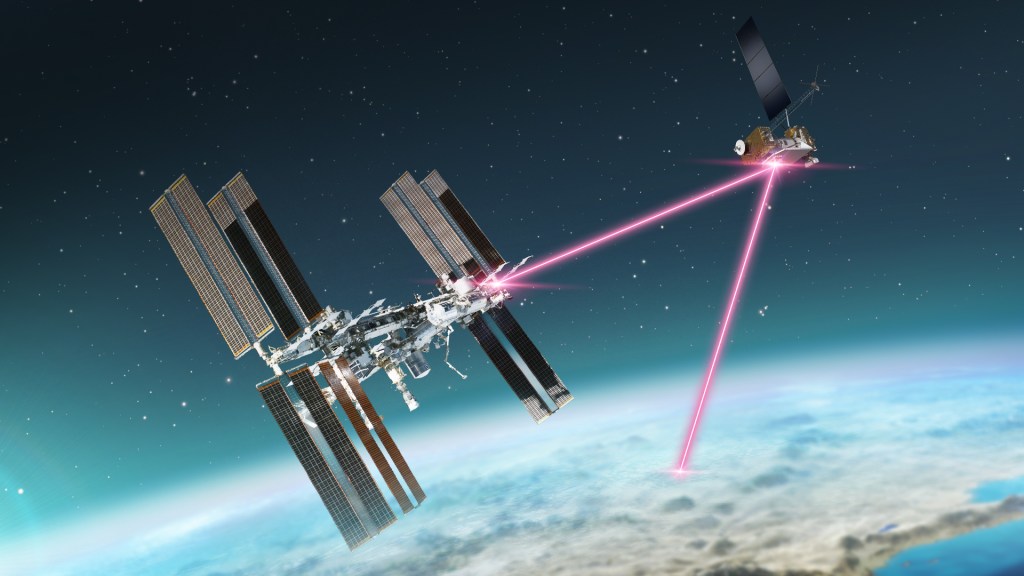
Integrated LCRD Low-Earth Orbit User Modem and Amplifier Terminal (ILLUMA-T)
ILLUMA-T will be LCRD's first user and bring laser capabilities to the International Space Station.
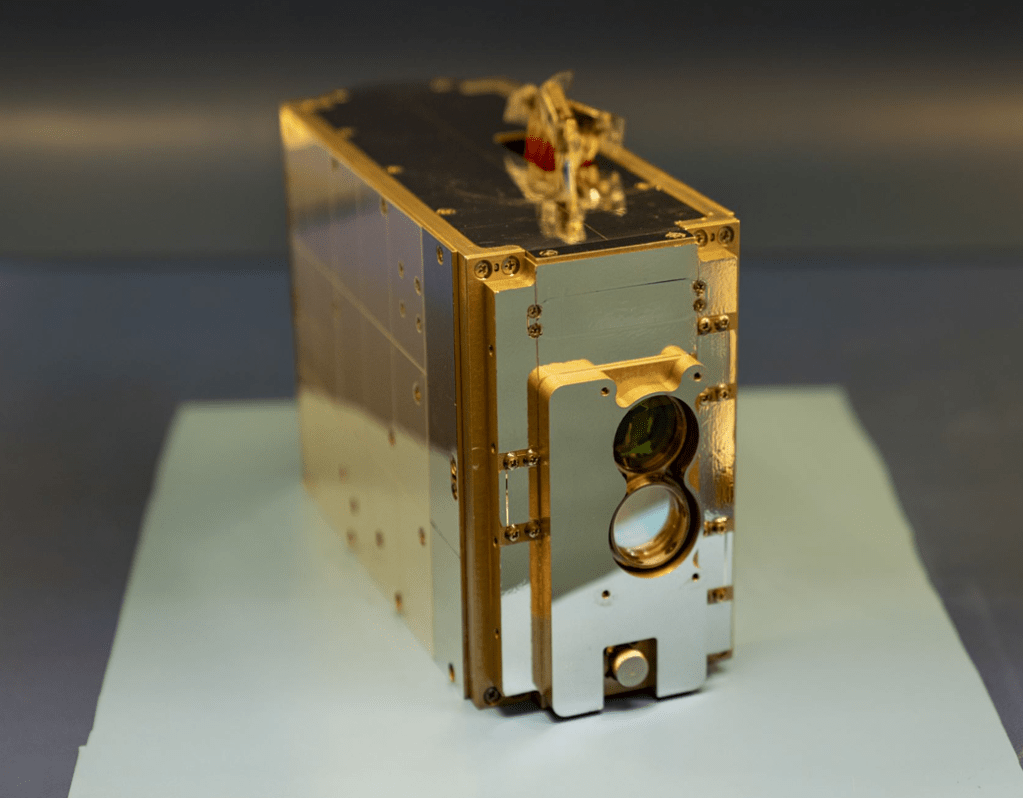
TeraByte InfraRed Delivery (TBIRD)
TBIRD is demonstrating a direct-to-Earth laser communications link from a CubeSat in low-Earth orbit.

Laser Communications Relay Demonstration (LCRD)
Launched on December 7, 2021, the Laser Communications Relay Demonstration (LCRD) aims to showcase the unique capabilities of optical communications.
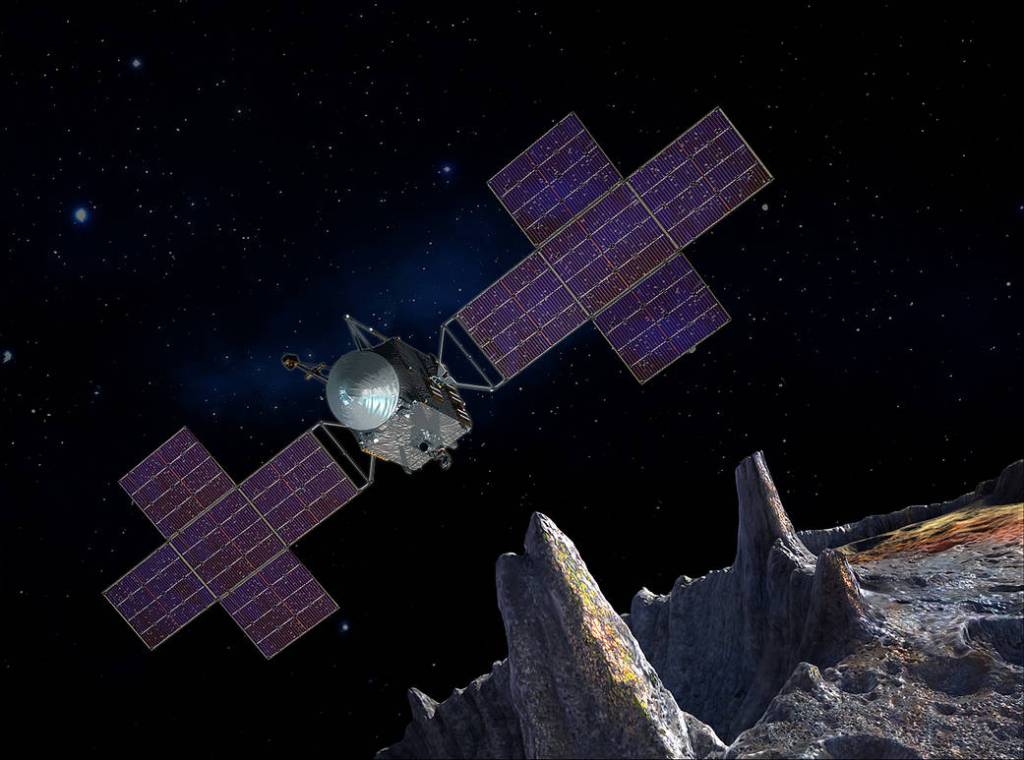
Deep Space Optical Communications (DSOC)
The DSOC package will be aboard NASA's Psyche mission and utilizes photons to transmit more data in a given amount of time.
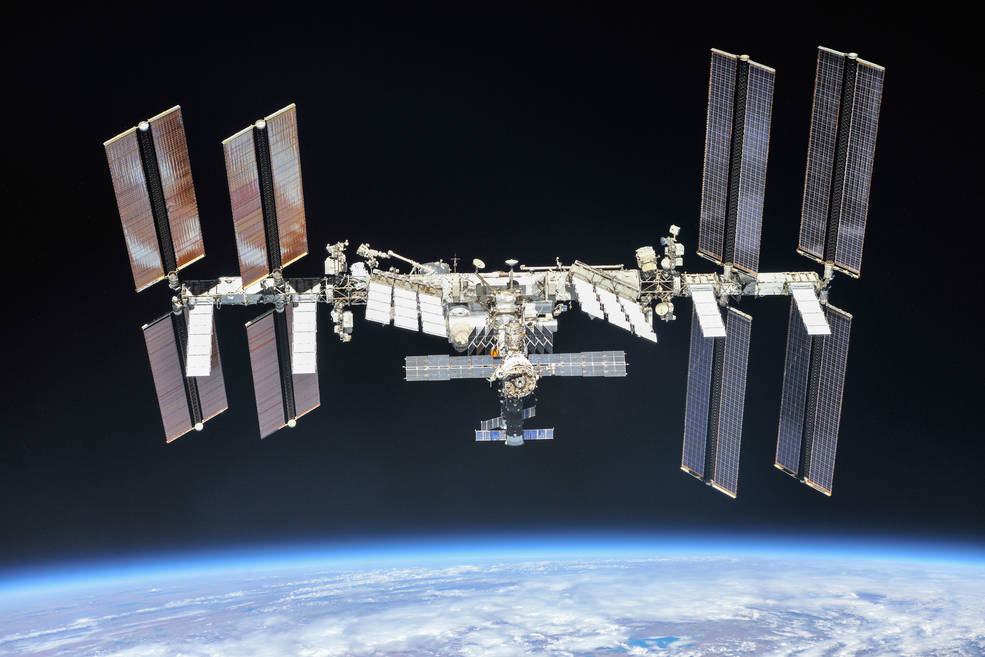
Optical Payload for Lasercomm Science (OPALS)
OPALS is a technology demonstration aboard the International Space Station designed to test the use of focused laser energy for space communications.
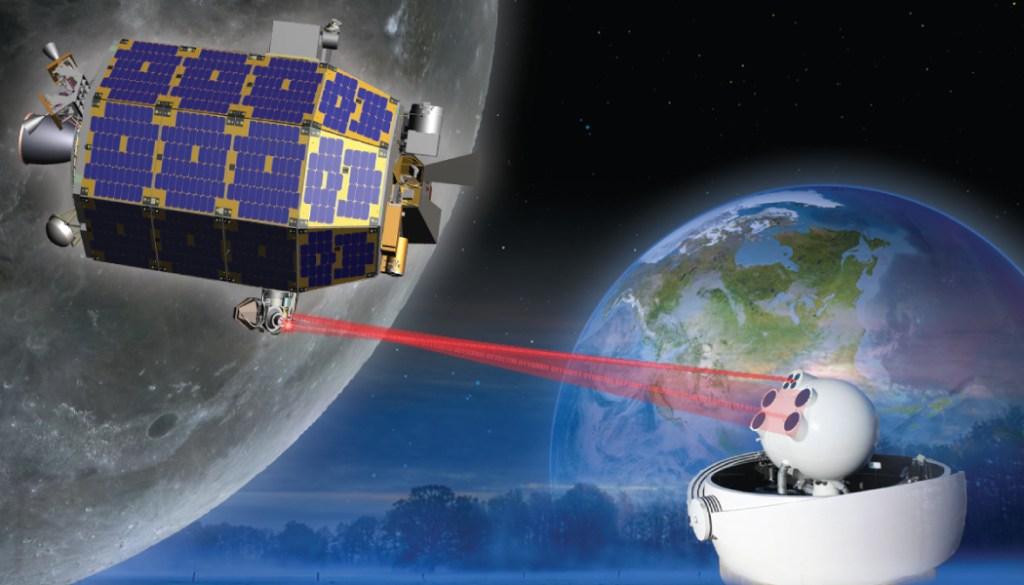
Lunar Laser Communications Demonstration (LLCD)
From October 2013 through April 2014, LLCD demonstration laser communications during the Lunar Atmosphere and Dust Environment Explorer (LADEE) mission.
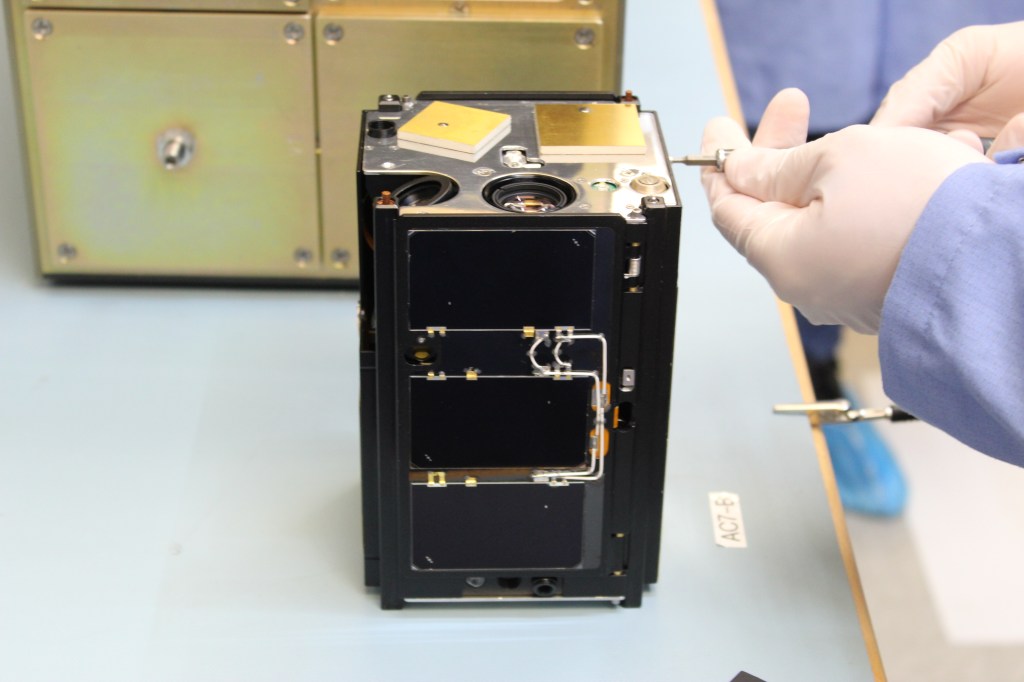
Optical Communications and Sensor Demonstration (OCSD)
OCSD, consisting of three CubeSats launched in 2017, conducted the first-ever high-speed laser communications downlink from a CubeSat to a ground station.
What’s Next: The Future of NASA’s Laser Communications
NASA uses lasers to send information to and from Earth, employing invisible beams to traverse the skies, sending terabytes of…
Read the Story

